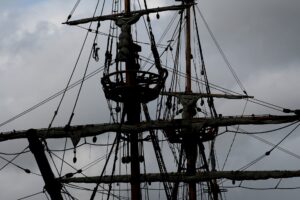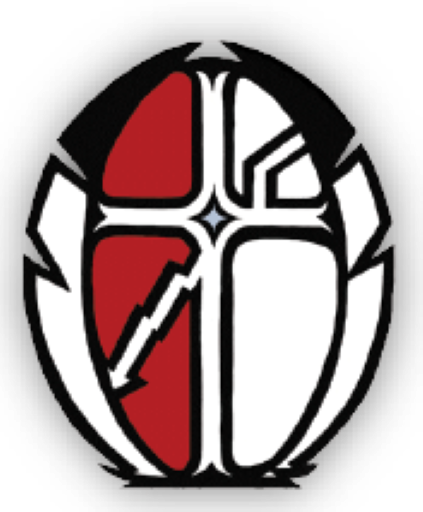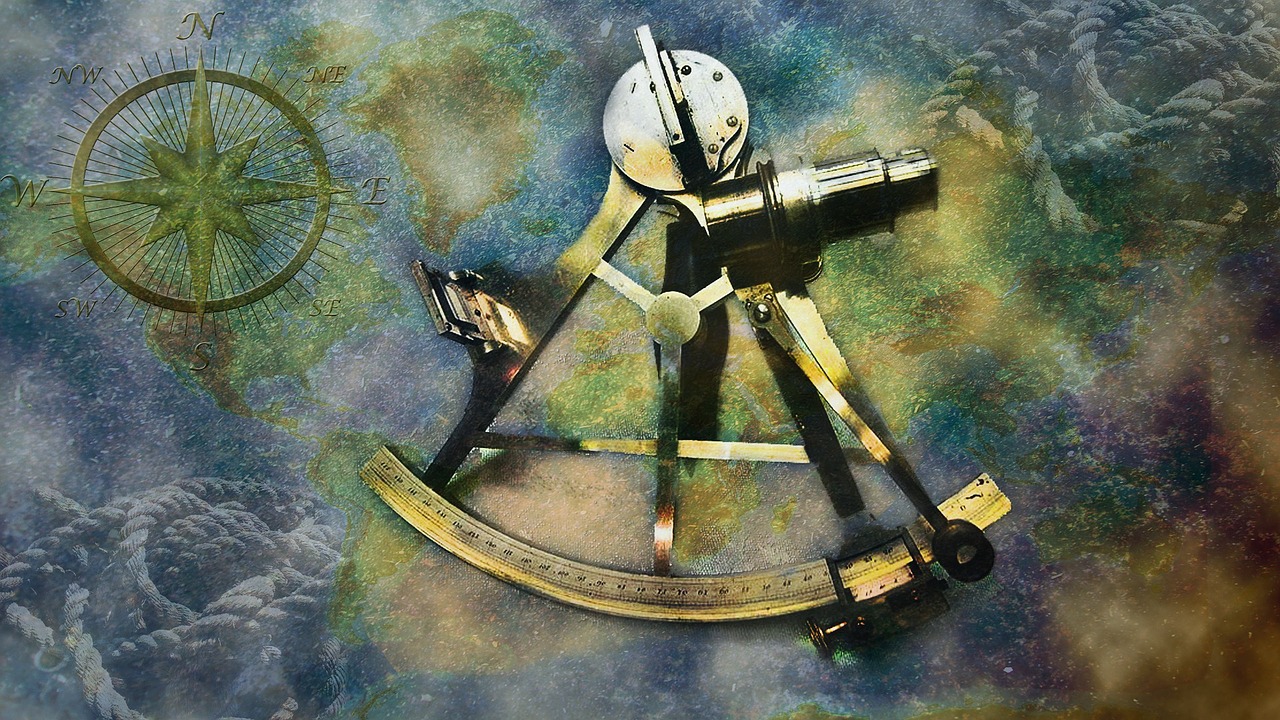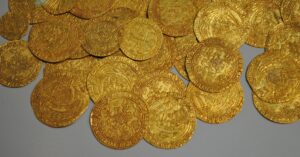This post was first seen in the February 2009 Edition of Feathers In The Wind. Written by Spencer Alexander, Longtime OMFRC Friend and Member.
The story of early European contact with the Aboriginal people of North America has many faces, few if any of them are pleasant. In fact it marked the beginning of “The Genocide Of The Native North American” and continues to be what is probably the longest genocide of a people in history.
Genocide by definition is, “Any act committed with the intention of destroying in whole or in part a national, ethnic, cultural, racial or religious group. This includes, killing members of a group, causing serious bodily or mental harm to a group, deliberately inflicting conditions calculated to physically destroy the group in whole or in part and forcefully transferring children of a group to another group”.
Let’s begin in the year 1492 when Columbus, who was lost, came sailing in out of the ocean blue. Instead of finding an uninhabited land his ships were greeted by the Arawaks, who inhabited most of the Caribbean Islands. On October 13th, 1492 Columbus wrote in his journal. “At daybreak great multitudes of men came to shore, all young and of fine shapes, and very handsome”. Later on Columbus states. “I was very attentive to them, and strove to learn if they had any gold”. At dawn the next day, he sailed to the other side of the island and saw a few more villages of Native people and ended his description of them with these words which show his true intent. “I could conquer the whole of them with fifty men and govern them as I please”.
On his first voyage, Columbus captured up to twenty-five Indians and returned to Spain with them. Only about seven of them survived the trip, but along with the exotic birds and gold trinkets, they caused quite a commotion. This proved enough for Columbus to be provided with seventeen ships, about 1200 men, cannons, crossbows, guns and attack dogs for a second voyage.
Columbus returned to Haiti in 1493, demanding whatever the Indians had that they wanted, food, gold, cotton and their women. Those who didn’t comply, had their ears, or nose cut off to set an example to the others.
At first Native resistance to the Spanish was mostly passive. They would no longer plant food for the Spanish and also abandoned towns near the Spanish settlements. In desperation the Arawaks fought back, but their weapons were no match for the rifles of the Spanish.
The resistance gave Columbus an excuse for all out war against the Arawaks. On March 24, 1495, with 200 foot soldiers, 20 cavalry, cannons, lances, swords and attack dogs he subdued the Native people of the entire island.To quoteFerdinand Columbus’s biography of his father. “The soldiers mowed down dozens with point blank volleys, loosed the dogs to rip open limbs and bellies, chased fleeing Indians into the bush to skewer them on sword and pike, and with Gods aid soon gained complete victory, killing many Indians and capturing others who were also killed”.
Having not found any large quantities of gold Columbus had to return to Spain with something, so he captured 1500 Arawaks. He selected 500 specimens to ship to Spain of whom 200 died en route, 500 hundred were chosen as slaves for the Spaniards remaining on the island. The remaining were released and they fled into the countryside, some dropping young children as they ran, to afraid to stop for the children, they left them at the mercy of the Spaniards, of which they were shown none.
I could go on and on exposing Columbus, not for the courageous explorer that I was taught in school, but for the murderous barbarian he truly was. Haiti’s Native population before Christopher Columbus arrived has been estimated to be as high as 8,000,000 people. Thanks to what Columbus began, by 1516 only 12,000 remained, by 1542 fewer than 200 were living and by 1555 they were all gone.
What was done to the Native people of Haiti should be viewed as a bloody massacre that left a legacy of genocide.
The Spanish are not the only ones to murder and enslave the Native North American. The Portuguese, Dutch, British and French did the same. Worse yet were the diseases the Europeans brought with them to North America. Having no immunity to foreign diseases, the Native population of North America was greatly diminished by them. The most deadly to the Aboriginal people was smallpox. William Bradford, Governor of Massachusettswrote these words describing the devastation smallpox raged on the Native population. “A sorer disease cannot befall the Indian, they fear it more than the plague. For usually they that have this disease have them in abundance, and for want of bedding and linen and other helps they fall into a lamentable condition as they lay on their hard mats, the pox breaking and mattering and running one into the other, their skin cleaving by reason thereof to the mats they lie on. When they turn them, a whole side will flay off at once as it were, and they will be all of a gore blood, most fearful to behold. And then being very sore, what with cold and other distempers, they die like rotten sheep”.
The U.S. military and European settlers soon realized that smallpox was devastating to the Native population and wasted no time in using the virus against them, amounting to what is probably the first use of biological warfare in the history of mankind.
In 1763 Pontiac and his warriors had surrounded Fort Pitt. On June 24, 1763, a local trader, William Trent, stated in his journal that two Indian Chiefs visited the fort urging the British to give up the fight. When they left Trent wrote: “Out of our regard for them, we gave them, two blankets and a handkerchief out of the smallpox hospital. I hope it will have the desired effect”.
Commander of the British forces in America, Sir Jeffery Amherst wrote on July 7, 1763: “Could it not be contrived to send the smallpox among those disaffected tribes of Indians? We must, on this occasion, use every stratagem in our power to reduce them”. About a week after this he wrote to Colonel Henry Bouquet in Philadelphia: “You will do well to try to inoculate the Indians by means of blankets as well as to try every other method that can serve to extirpate this execrable race”.
Professor Ward Churchill, an author, who’s works focus on the historical treatment of the American Indians claims that on “June 20, 1837, the U.S. Army beganto dispense trade blankets to the Mandans and other Indians gathered at Fort Clark on the Missouri River in present day North Dakota. Far from being trade goods, the blankets had been taken from a military hospital in St. Louis quarantined for smallpox, and brought up river aboard the steamboat St. Peter’s. When the first Indians showed symptoms of the disease on July 14th, the post surgeon advised those camped near the post to scatter and seek sanctuary in the villages of healthy relatives”. In doing this the disease was spread and the Mandans were nearly exterminated. Smallpox deaths of among Natives associated with this incident have been estimated to be over 100,000 people.
The use of smallpox as a weapon of mass destruction was not limited to the United States. Between 1850 and 1860, blankets infected with the smallpox virus were traded to the Native people in a deliberate attempt to wipe them out. This was sanctioned by the British Crown, repeating what Amherst had done one hundred years earlier. In 1862, 80% of the Haida of British Columbia died of the smallpox.
Father Morice a missionary in British Columbia wrote the following. “I myself saw the graves of perhaps 500 Aboriginals, two White men, went and stealthily gathered up the blankets of the dead which had been thrown away in the bush and were therefore infested with the smallpox, which they sold out again to the Aboriginal people without revealing their origin, thus causing a second visitation of the plague, which carried off a second third of the Aboriginal population”.
Thus far I have dealt with the deliberate physical destruction of the Native population of North America, but the definition of genocide also includes the religious, cultural and traditional destruction of a people, in whole or in part.
Throughout the course  of history, the U.S. and Canadian governments have imposed many regulations and prohibitions on the spiritual, cultural expressions and traditions of the Native North American.
of history, the U.S. and Canadian governments have imposed many regulations and prohibitions on the spiritual, cultural expressions and traditions of the Native North American.
In Canada the Indian Act was created in 1857 with the distinct purpose of assimilating the Aboriginal people into White society. The act defines Indian Status and gives the Superintendant General administrative powers over almost every aspect of Indian life. By 1876, sections of the Indian Act were in place that prohibited celebrations and gatherings at which Native dancing was central. In 1884 the Potlatch ceremony of the Pacific Northwest people could not legally be performed. In Northern B.C. Father Morice and Bishop Dentenwill burn Potlatch regalia in Tse-kya in an effort to suppress Native beliefs. In 1885 the act was extended to ban the Sundance ceremony of the Plains Nations. In 1890 the U.S. Army kills hundreds of Natives at Wounded Knee which basically was over them performing the Ghost Dance. In 1922 the Canadian RCMP seizes over 600 objects in a Potlatch raid at Alert Bay on Vancouver Island, some of the participants in the ceremony are jailed. The items taken during the raid are divided between the Royal Ontario Museum in Toronto and the National Museum in Ottawa.
Another way the Canadian government attempted to destroy Aboriginal culture and traditions was through Residential Schools. In doing so they committed another aspect of the meaning of genocide, which is, forcefully transferring children of one group to another in part or in whole. The years 1870 to 1910 was the period of assimilation where the precise objective of the government was to assimilate Aboriginal children into the lower levels of mainstream White society. In short they were trying to kill the Indian within the child. By 1920 it was compulsory for all Native children ages 7 to 15 to attend. These children were forcibly removed from their homes by priest, Indian agents and police. By 1931 there were 80 residential schools operating in Canada. In 1948 there were 72 residential schools with 9,368 students. During the 1980’s, former residential school students began disclosing physical and sexual abuse at residential schools.
In preparing for a presentation titled “The Forgotten Warriors”, I interviewed individuals who had attended residential schools. One of them told me that by the time he was allowed to leave and return home “ I was ashamed to be an Indian”.
Finally in 1996 the last federally run residential school, the Gordon Residential School, closes its doors in Saskatchewan.
The federal governments, Indian and Northern Affairs, still determines who is Indian by blood quantum. Some reservation bands have their own blood quantum percentages which determine who can be a member of the band and who cannot. By doing so they are playing into the hands of a government who would like to divide and conquer us until extinction. To quote Art Haines, the Director of The Ontario Métis Family Records Centre.“The policies on the reserves that, define who is an acceptable Native to them based on blood quantum force Natives to leave their culture and join the White world. That is cultural genocide. People who leave their roots soon lose their identity and become just another part of the melting pot the world is becoming. If they can’t kill them they will absorb them”.
Blood quantum, as defined by the federal government and tribal bands as a standard of what makes an Indian, is in fact racism, which imposes institutional discrimination by force of law. In 1982 the Canadian Constitution defined the Aboriginal people of Canada as the Indian, Inuit and Metis. But as long as some have more rights than others, then all rights are subject to interpretation and revocation.
Traditionally, being Native was a way of belief and practice, not a matter of blood quantum.
Despite all that has been done to them the Native North American survives. The Indian, Inuit and Metis of Canada and the Aboriginals of the United States are proud of who they are. They have held on to their traditions and beliefs and once again, like their ancestors before them, they have the freedom to express themselves through their culture.
In recent times White society has become fascinated with Aboriginal culture and they come to experience these traditions at Native gatherings and Pow Wows. However I feel the need to point out that we are not to be looked at as actors at a theme park of the past, where you come to experience exotic cultures, for it is far from that. It is the original culture of the North American continent and those who experience it should feel honoured to have been a part of it.
The Native North American is experiencing a spiritual rejuvenation and rebirth. We will continue to practice our culture and traditions as we have done in the past and as we will continue to do so until the sun grows cold.
I remain unceded,
Spencer Alexander
Métis


